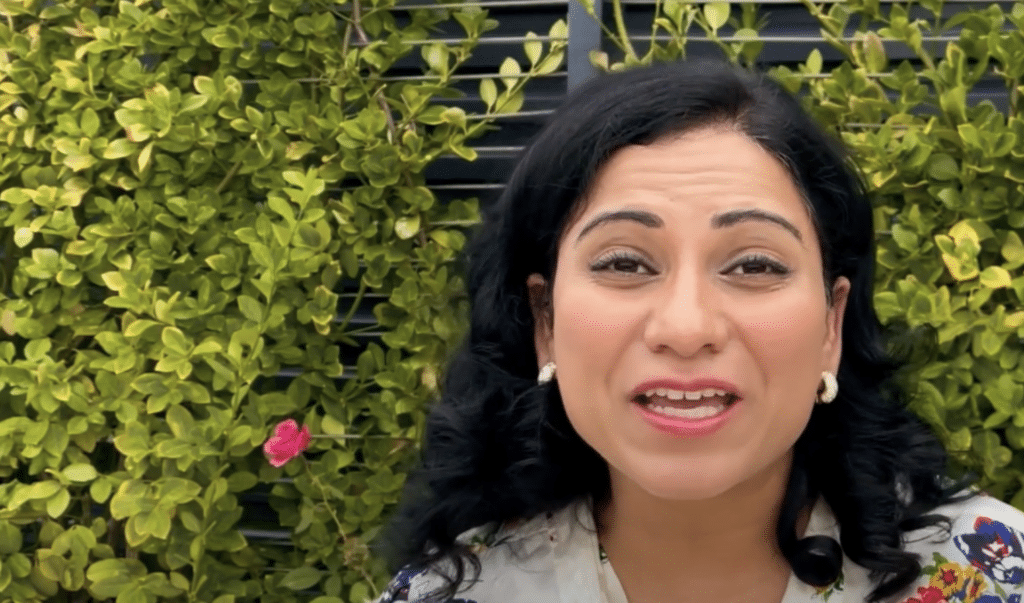Women have long made up the overwhelming majority of frontline workers in healthcare across the world, so why doesn’t that translate to leadership positions?
New stats this week reveal that 90 per cent of frontline healthcare workers globally are women, along with 70 per cent of the overall global health workforce. But just 25 per cent of leadership roles in health are held by women.
In Australia, women make up 75 per cent of the healthcare workforce, according to Women in Healthcare Leadership, but nothing like that majority when it comes to board and leadership positions.
Women in Global Health’s latest report, The State of Women and Leadership in Global Health, addresses what it describes as continuing systemic bias against women in leadership, alongside “lackluster” policy initiative implementation for advancing greater gender equity.
This lack of equity in leadership is not only a matter of missed opportunity for women, it’s impacting healthcare for everyone.
As Dr Roopa Dhatt, Executive Director of Women in Global Health, says on the findings: “It is more and more evident that locking women out of senior leadership positions is severely impacting global healthy delivery and health security.”
Dr Dhatt adds that the existing leadership structures — those that are overwhelmingly dominated by men — are failing to address the issues of low pay and no pay for women, as well as workplace sexual abuse and harassment. She says that this massive gender imbalance also affects the availability and accessibility of procedures and protective equipment that are designed to support all workers, not just those that meet the male ideal and measurements.
Worse, this latest report finds that the proportion of women in health leadership has actually gone backward globally during the COVID-19 pandemic, and women from marginalised backgrounds are significantly underrepresented in health leadership.
It finds that while some countries have made a commitment to achieving gender equality nationally, implementation is slow.
And the pipeline of women working in national health systems and as global health leaders is leaky, according to the report. The barriers to leadership that women face are systematic and getting in the way of career progression — only intentional action can remove these barriers, rather than relying women to fix the issues themselves.
“This is a crisis,” says Dr Dhatt. “The 10 million global health worker shortage at the start of the pandemic gets worse every day as exhausted and demoralised women health workers resign from their jobs.
“Why should they continue to wait? It is a tragedy for them and a tragedy for us all if we lose committed and highly skilled women health workers. If we truly want to build health systems that serve everyone, we need to redress the inequality that has side-lined women from leadership and starts listening to women.”
Change happens with intentional action. “When we get this right, the benefits of gender equity in the health workforce will drive stronger health systems, delivering better health for all.”
According to the Advancing Women in Healthcare Leadership, women make up:
- 75% of Australia’s healthcare workforce
- 45% of medical deans
- 45% of public healthcare board chairs
- 38% of chief medical officers
- 39% of private hospital CEOs.
Key stats to know from the Women in Global Health research:
- The proportion of female ministers of health is at 25%, down from 31% in 2018
- The proportion of member state delegations to the World Health Assembly is at 23%, down from 27% in 2018
- 83% of World Health Assembly delegations have been majority male for the past seven decades
- 115 national COVID-19 task forces across the world were found to have a majority male membership in 2020.


